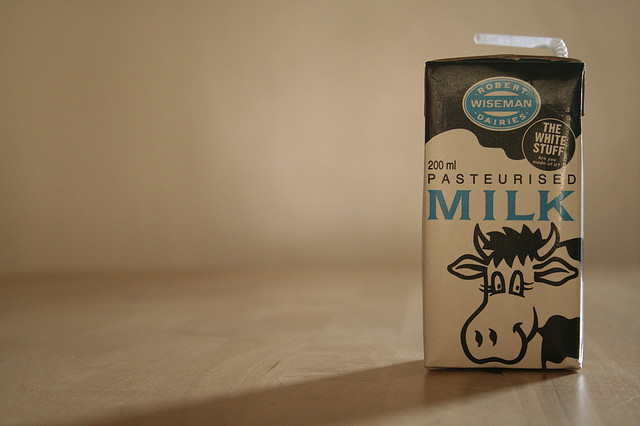Not everything is recyclable, and for most unrecyclable packaging, the supremely-coveted designation cannot be obtained without achieving the impossible: creating systemic change within an economically-stressed establishment full of inertia and wary of anything that isn’t a conventional “core” recyclable. The Carton Council did just that, and their replicable method deserve applause.
 Acceptance in recycling programs is often measured by examining the instructions given to consumers, so it would seem logical to encourage municipalities to include the item in their recycling instructions and one day declare that the item is accepted enough to be called “recyclable.” This is not what the Carton Council did. The correct way to improve an item’s recyclability is to start three steps beyond collection and work your way back. That means starting with end markets.
Acceptance in recycling programs is often measured by examining the instructions given to consumers, so it would seem logical to encourage municipalities to include the item in their recycling instructions and one day declare that the item is accepted enough to be called “recyclable.” This is not what the Carton Council did. The correct way to improve an item’s recyclability is to start three steps beyond collection and work your way back. That means starting with end markets.
First stop: the end market. Without demand from end markets, recycling falls apart. Somebody actually has to want the material, meaning they have to be able to do something with it in an economically-viable way, and this potentially obvious aspect of recycling is too often ignored. The Carton Council addressed this first, working with recycled paper mills to understand how they could utilize the fibers in used aseptic and gabletop cartons and helping them optimize their systems to do so.
Armed with confidence that recovered cartons have a final destination, the next stop is one step back: recycling commodity brokers and the specifications used to sell recovered paper products. Because now that cartons have a destination, they need to get there. Most bale specifications for fiber products were crafted to be applicable to an average mill. Cartons, though, don’t fit with the repulping capabilities of an average mill. Only a select few can process them. A new bale specification was needed. Grade #52 was born, and the path to those select few mills became paved a bit more.
Second stop: Material recovery facilities identify and sort recyclable packaging by unique physical characteristics, and there was not an established sorting method to recover cartons. The exploited physical characteristic of most paper items is their flatness, but cartons, or course, are not flat. The Carton Council had to work with material recovery facilities to identify novel techniques of automated identification and sortation to get those cartons out of a mixed recycling stream and into those grade #52 bales sent to those select few mills. They did that.

Third stop: sortation. It’s time to address the issue of acceptance in collection programs. This part is easy when the last steps are addressed first. When a municipality can be told that their sorting facility can process the material and sell it on the commodity market, why wouldn’t they include the item in their list of accepted recyclables?
The Carton Council has done a tremendous job transforming an unrecyclable item into a recyclable one.. But the work is far from done. Now that cartons are recyclable, we need to see them recycled, because it’s never enough to put a recyclable package on the market and wash your hands of the recycling challenge. So it is with admiration that we celebrate the Carton Council’s accomplishment, and anticipation for other industry groups to replicate their success.
Categories
Working Backwards to Move Forward: Carton Recycling Success


